
Loading. Please wait.

Loading. Please wait.
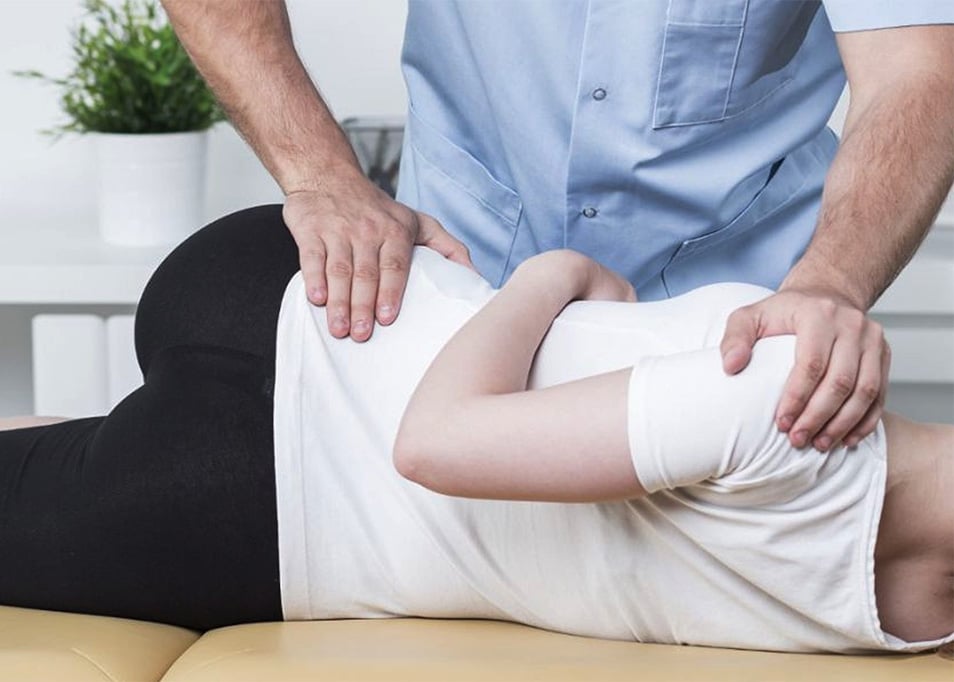
Back pain is the most common reason for people seeking medical attention. About 40% of Americans have or experience sciatica in their life. Sciatica is a feeling of sharp, shooting pain which is caused by the sciatic nerve which has been irritated, pinched, or inflamed in the lower back. The sciatic nerve is the body’s longest and thickest nerve. It starts in the buttock/gluteal area and runs down the hips, and legs, stopping just below the knee. For this reason, any pain that is described to originate in the lower back and radiate down the leg is termed as “sciatica”. Sciatica can affect both legs, depending on where the nerve is agitated.
Everyone experiences pain differently and can develop over time or come on suddenly. For instance, a bulging or herniated disc may cause immediate pain, while sciatica pain associated with arthritis can occur and increase in sensitivity over time. Most people describe their pain as sharp, shooting, radiating pain that goes down the leg. For some, it can “burn”, or feel an “electric jolt” or “stabbing pain”. The pain can also be a constant pain or come and go. It can be agitated when in certain positions or when doing certain movements. Some patients experience pain when they sit or stand for long periods of time, in the motion of standing up, or when twisting the upper body. Minor and sudden movements such sneezing or coughing can trigger the sciatica nerve to be sensitive as well.
Typically, a herniated disc, spinal stenosis, pinched nerve or bulging disc is the cause of sciatica. A fall onto your back or though improper lifting and movement can cause inflammation as well. Anything that causes pressure on the nerve root can cause sciatica.
Seeking care from your healthcare provider is the first step. The providers who can best help you identify and overcome your back pain are physical medicine doctors such as chiropractors and pain management doctors. Understanding your medical history, limitations in range of motions, identifying factors which irritate or increase sensitivity to sciatica pain as well as diagnostic testing such as x-ray, MRI’s and nerve conduction studies (NCV) help to identify the root cause of your pain.
For pain which has lasted less than 6 weeks, treatment may include:
For pain which has lasted more than 6 weeks, treatment includes:
Everyone experiences pain at different scales. If pain lasts more than 2 weeks it is best to seek medical attention to identify the condition. It is best to understand what your body is saying to you. You want to make sure you are applying treatment to the right areas, whether it’s with heat and ice packs or stretching.
If at home treatments are no longer helping or the pain is more constant, seek professional help. Chiropractic care and physical therapy can help stretch and strengthen those irritated and weak areas. If after a couple months, you are not experiencing adequate relief and having trouble with daily activities, it is best recommended to see a pain management doctor for a more invasive approach to care.
Most of the time, with the help of conservative treatment, surgery is not required. The first step is to always identify the issue and root cause of your pain so it can be treated properly at home as well as by a professional.
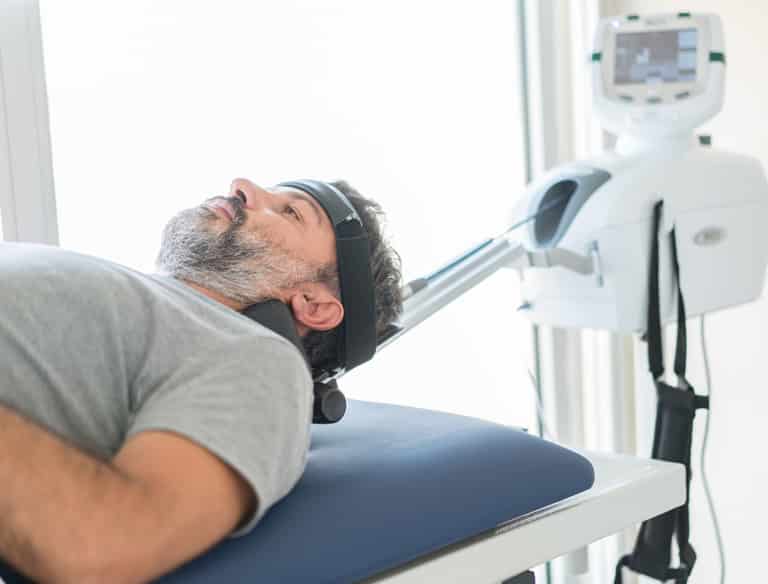
SPINAL TRACTION
Used to treat sciatica, herniated discs, pinched nerves, Spinal traction is a form of decompression therapy that relieves pressure on the spine.
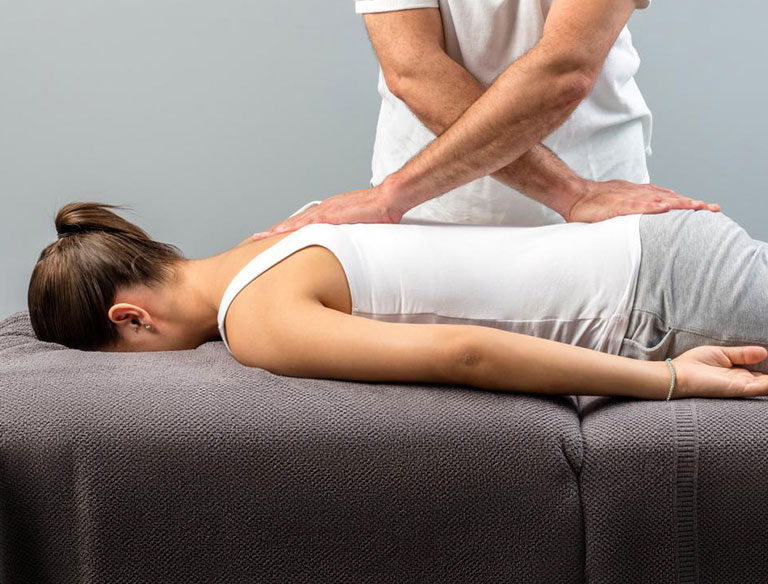
SPINAL DECOMPRESSION
Therapy used to reduce back and/or leg pain. It stretches and relaxes the spine intermittently in a controlled manner.
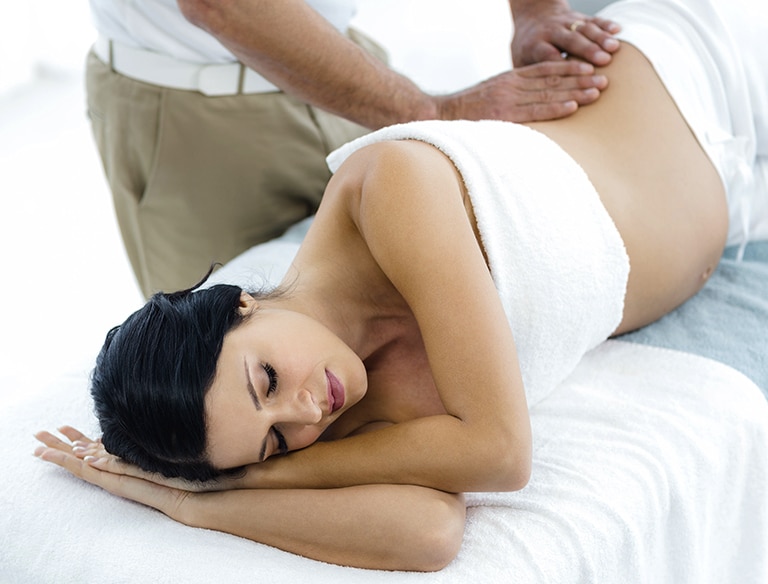
SPINAL MANIPULATION
Used to reduce back pain and improve physical functioning. During spinal manipulation, a hand or object is used to apply force to a joint of the spine.
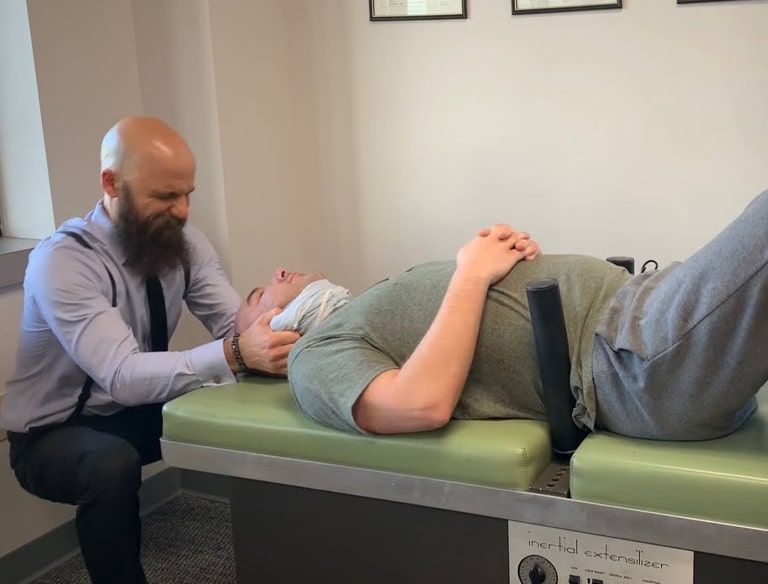
INTERSEGMENTAL TRACTION
Increase spinal mobility, Stretches scar tissue, Increase circulation, Spinal Decompression.
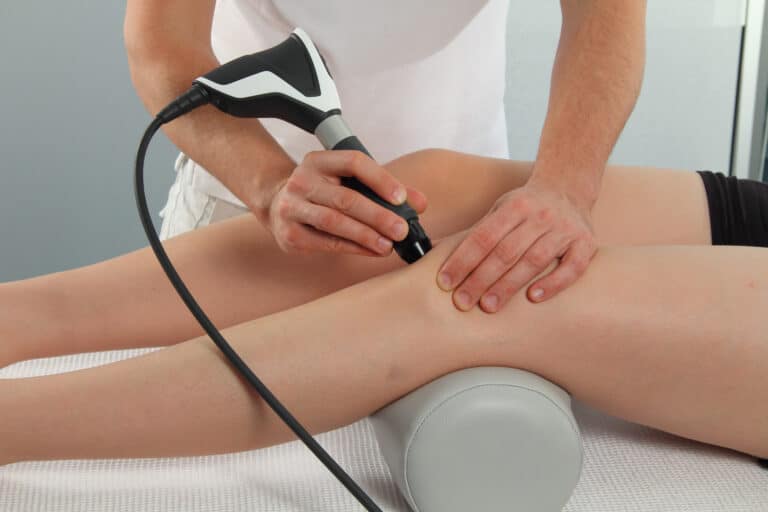
EPAT THERAPY
EPAT therapy is a highly effective treatment method which uses high-energy sound waves to target painful areas of the body.
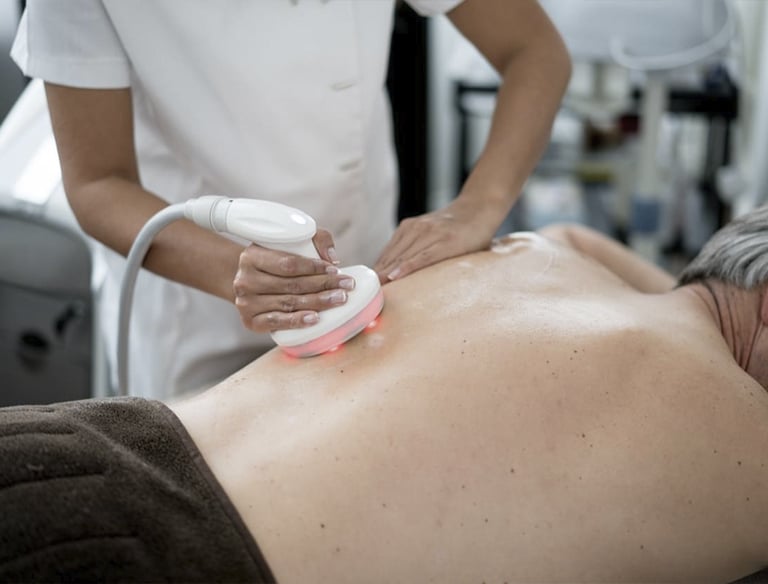
Cold Laser Therapy
Cold Laser Therapy uses red light energy to repair tissue, reduce inflammation and significantly reduce pain. The process of which the red light energy is used is known as photobiomodulation.

RADIO PULSE FREQUENCY THERAPY
Used to treat pain from damaged or irritated nerves. This therapy creates a controlled electrical field around an electrode, normally the shape and size of a needle, which is then placed through the skin to a nerve, blocking the pain signals.
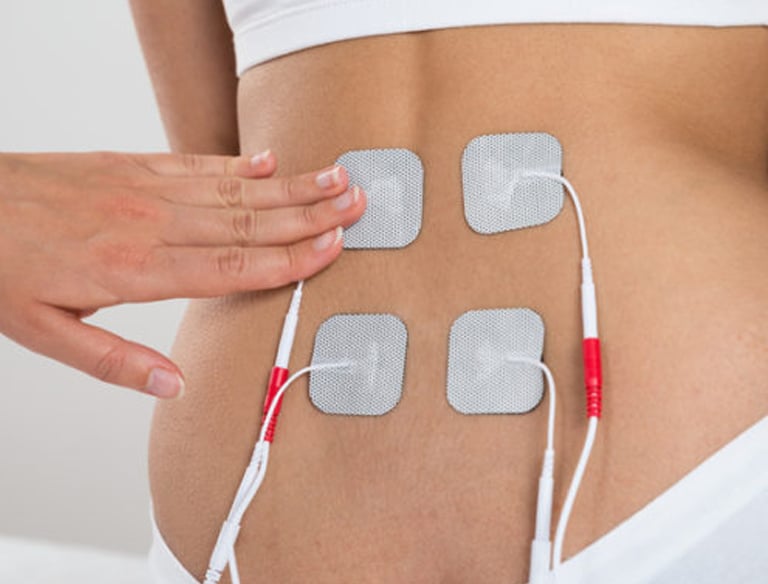
ELECTRIC STIM
Decrease pain, Decrease muscle spasm, Decrease swelling.
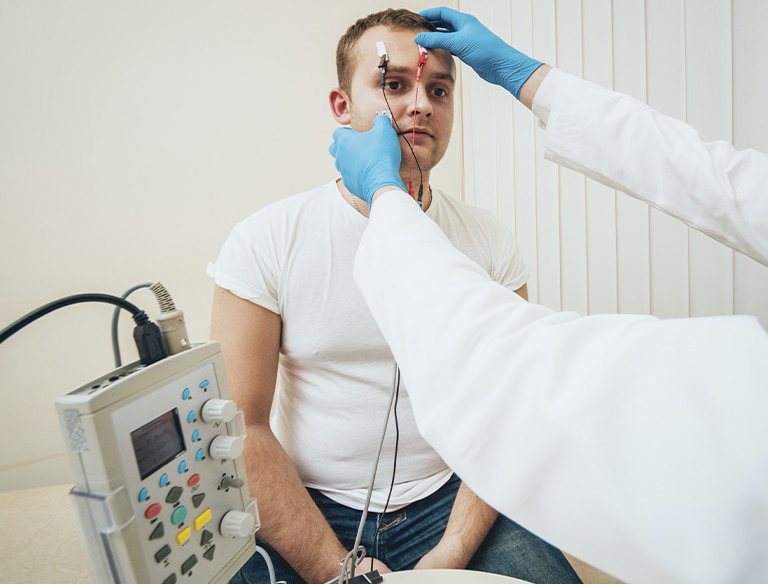
NEUROMUSCULAR RE-EDUCATION
Refers to techniques used to improve balance, coordination, posture, and the sense of the relative position of neighboring parts of the body and the amount of effort being employed in movement. These can be used to help people who have experienced fractures or muscle tears or people with degenerative conditions.

TECHNIQUES
○ Graston Technique
○ Diversified Technique
○ Activator Technique
○ Carver Technique
○ SOT Technique
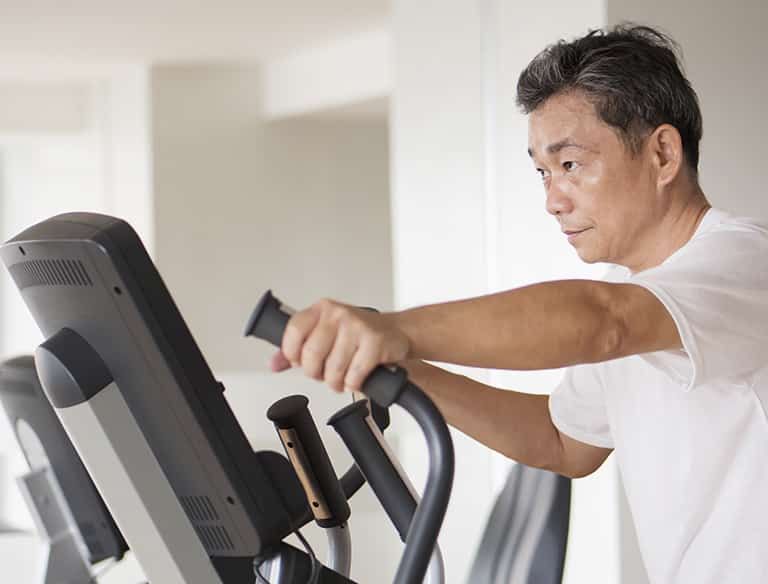
ISOKINETIC EXERCISE
Rationale: Rule out or confirm muscle weakness and establish baseline from muscle or nerve injury, Monitor treatment progress, maximize improvement or permanent impairment.
Treatment: Exercises, Muscle/Nerve rehab and retraining, Severe sprain may require referral
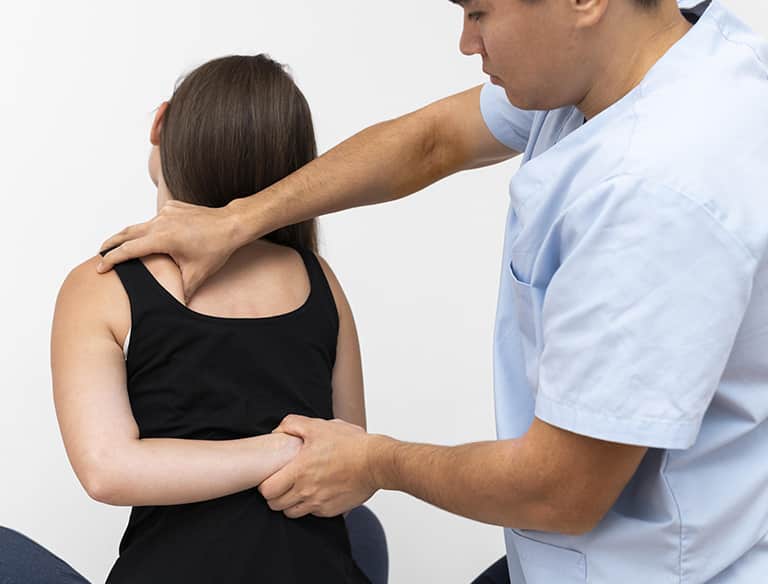
THERAPEUTIC EXERCISE
Therapeutic exercises are prescribed to correct an impairment, improve musculoskeletal function, or maintain a state of well-being. They have many goals such as improving circulation, coordination and balance.
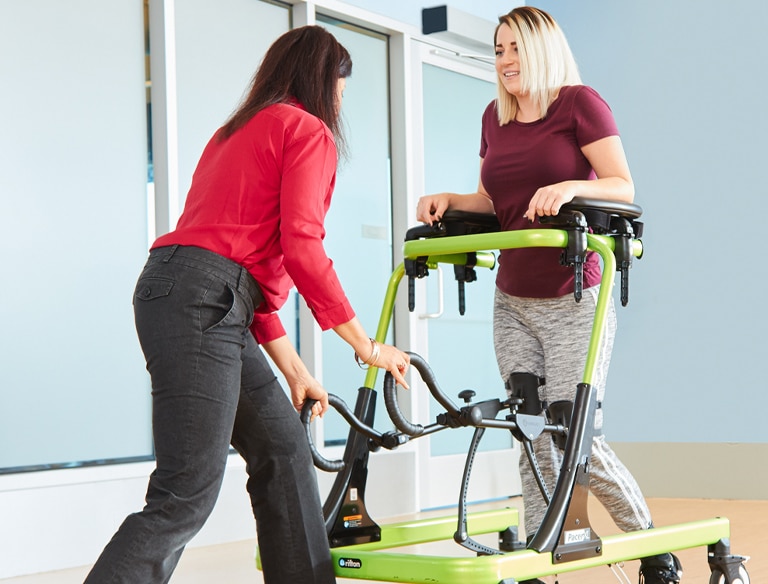
GAIT TRAINING
Corrects walking impairments, Decreases reoccurrence, Improves biomechanics
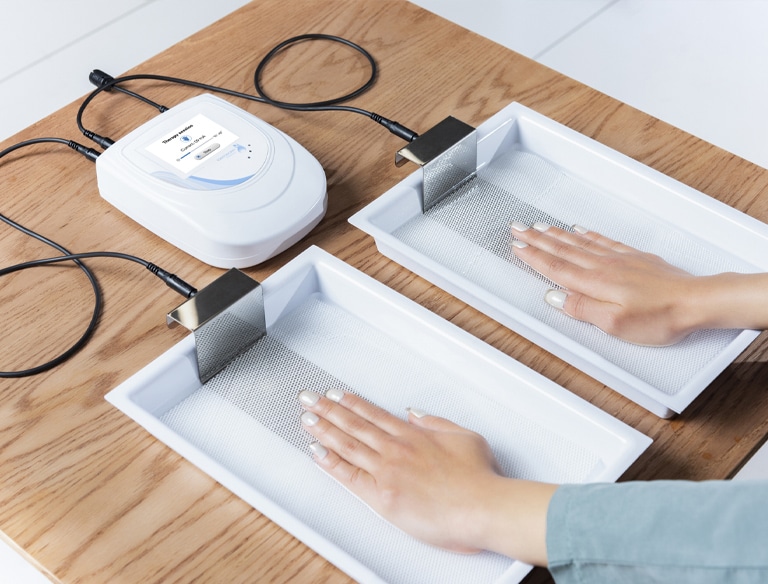
IONTOPHORESIS
Medication used with electrical stimulation for pain relief of soft tissue injuries, Decrease swelling.
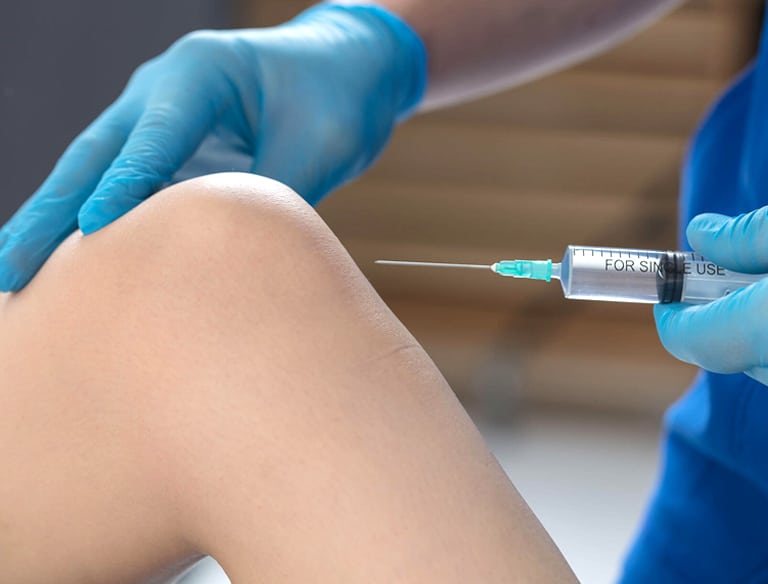
GEL INJECTIONS
Gel injections are commonly known as hyaluronate (HA) injections. Its purpose is to mimic the synovial fluid of the knee. Synovial fluid, also known as joint fluid, provides a cushion between bones to reduce friction in the joints and serves as a shock absorber for weight and impact.
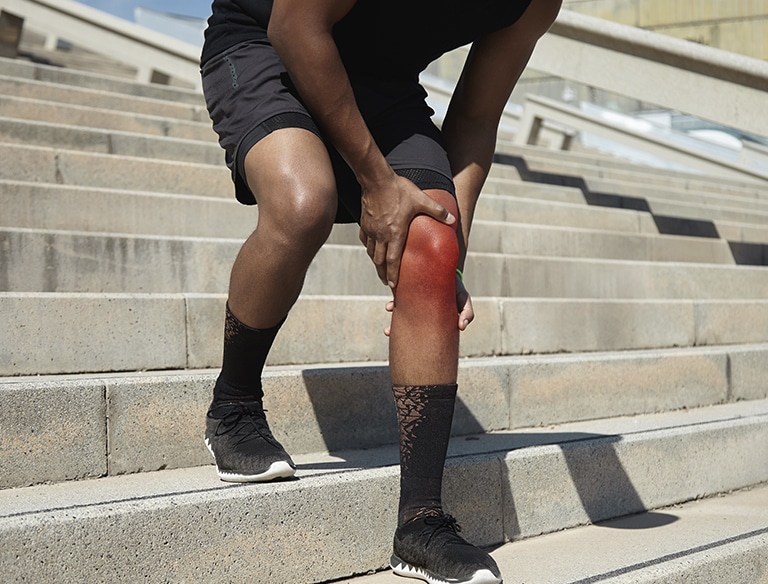
TRAUMEEL
Traumeel is composed of all natural ingredients and is used to temporarily relieve joint and muscle pain.

PRP
PRP is a blood plasma with a higher concentration of platelets, which contain proteins that initiate the healing of connective tissues, than is generally found in blood. PRP therapy is used to treat sports injuries that involve damaged tendons or ligaments.